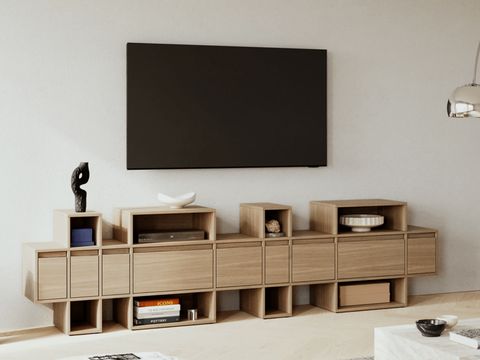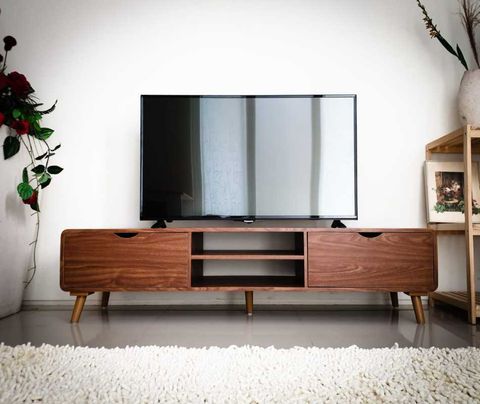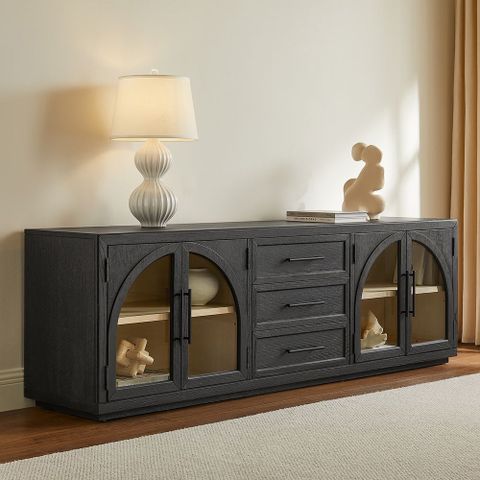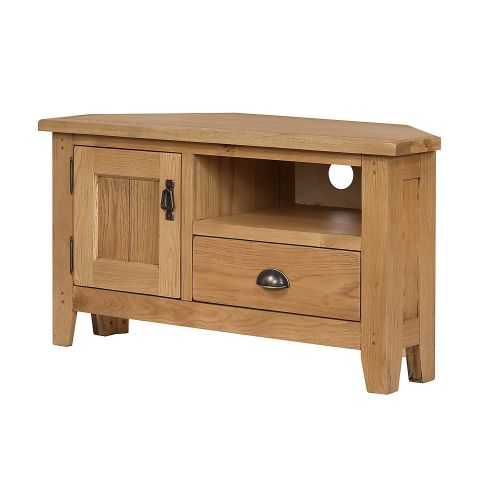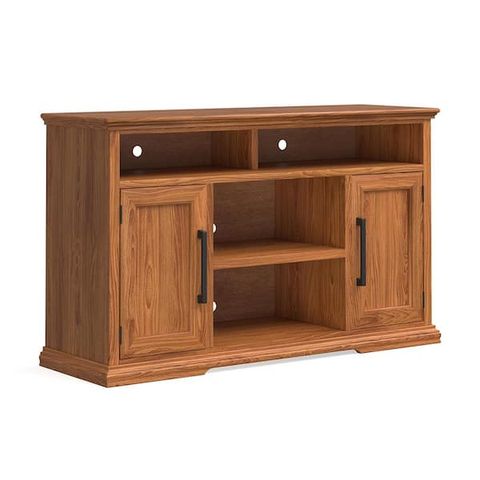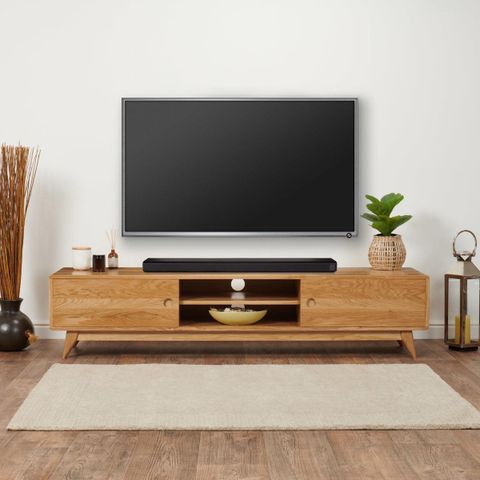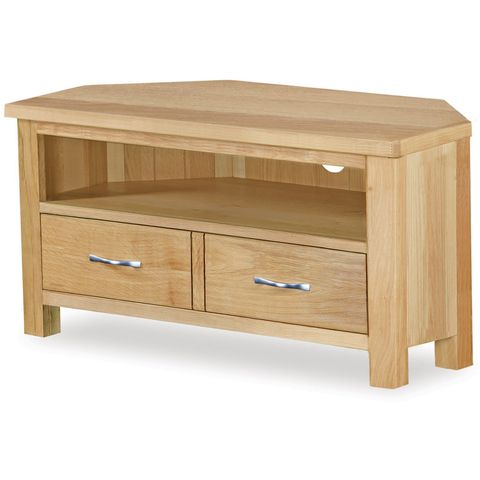You know, it’s funny how we often look at the things in our homes and see just what they are – a table, a chair, a TV stand. But what if I told you that your light oak TV stand, that seemingly simple piece of furniture, holds a deeper narrative? It’s not just about holding your television; it’s a silent storyteller, a relic of craft, and a testament to design evolution. It’s got a past, a lineage, and a lot more to say than you might think.
In our fast-paced world, where the next gadget or trend is always just around the corner, it’s easy to overlook the enduring quality and hidden histories of the everyday items that populate our living spaces. We buy them for their function, their look, or their price, rarely pausing to consider the journey they’ve taken to arrive in our homes. Today, we’re going to take a moment to truly appreciate something many of us own but seldom truly see: the humble, yet historically rich, light oak TV stand. It’s more than just a place for your electronics; it’s a connection to centuries of woodworking, design trends, and even cultural shifts.
Oak: A Timber of Timeless Tradition and Strength
Let’s start with the material itself – oak. This isn’t just any wood; it’s a powerhouse of timber with a heritage stretching back millennia. Oak trees, specifically, have been revered across cultures for their strength, longevity, and even their spiritual significance. Think about it: ancient ships, grand cathedrals, and even the sturdy beams of old barns were often constructed from oak. Its durability is legendary, making it a preferred choice for furniture that needed to last, resisting the wear and tear of daily life. The fact that your TV stand is made of oak immediately tells you something about its potential lifespan and the value placed on enduring craftsmanship. It’s a material that whispers tales of resilience and steadfastness.
The Light Oak Hue: A Nod to Modern Aesthetics and Versatility
Now, let’s talk about the ‘light’ aspect of your light oak TV stand. Historically, oak furniture often featured darker stains, sometimes almost black, to emphasize its gravitas and age. However, the move towards lighter finishes, especially in the mid-20th century and continuing today, reflects a shift in design sensibilities. Lighter woods contribute to a more open, airy feel in a room, aligning with minimalist and Scandinavian design influences that champion natural light and simplicity. This choice of finish isn’t just arbitrary; it’s a deliberate design decision that speaks to a desire for versatility, allowing the furniture to blend seamlessly with various decor styles, from contemporary to more traditional settings. It’s about creating a sense of calm and spaciousness, a stark contrast to the heavier, more ornate pieces of yesteryear.
From Chests to Cabinets: The Evolution of Storage and Display
The very concept of a ‘TV stand’ is relatively modern, but its lineage can be traced back through centuries of furniture design. Before televisions, people stored and displayed valuable items in chests, then sideboards, and later, more specialized cabinets. Each evolution reflected changes in how people lived, what possessions they valued, and the technology available. The TV stand, in essence, is the latest iteration of this continuous need for functional and aesthetic storage and display solutions in the home. It’s a specialized piece, born from the advent of home entertainment, designed to house not just the television but also its accompanying components – think DVD players (remember those?), gaming consoles, and now streaming boxes. It’s a direct response to a technological revolution, yet it draws on centuries of furniture-making principles.
Craftsmanship and Mass Production: A Dual Legacy
Your TV stand, whether it was handcrafted by a local artisan or mass-produced in a factory, embodies a fascinating intersection of craftsmanship and industrial innovation. Historically, furniture was bespoke, made by skilled artisans who passed down their techniques through generations. With the Industrial Revolution, mass production became possible, making furniture more accessible and affordable to a wider audience. Many light oak TV stands today are a product of this efficiency, benefiting from standardized designs and streamlined manufacturing processes. However, even in mass production, there are elements of design and assembly that harken back to traditional methods, albeit on a larger scale. The joints, the finishing, the overall structure – all these elements reflect a long history of woodworking knowledge, adapted for modern production. It’s a blend of old-world skill and new-world efficiency.
The Cultural Footprint: How Furniture Reflects Society
Furniture isn’t just about utility; it’s a mirror reflecting societal values and cultural shifts. The rise of the TV stand itself speaks volumes about the centrality of television in our lives, particularly from the mid-20th century onwards. The living room, once a formal parlor, transformed into a family hub centered around the glowing screen. Your light oak TV stand, therefore, isn’t just a piece of wood; it’s a cultural artifact. It signifies a period where home entertainment became paramount, and the design of our living spaces adapted to accommodate this new focal point. It tells a story about how we spend our leisure time, how families gather, and how technology has reshaped the very architecture of our domestic lives. It’s a quiet witness to countless family movie nights, sporting events, and binge-watching sessions.
Preserving Its Story: Caring for Your Oak Companion
Understanding the heritage of your light oak TV stand makes it more than just an object; it transforms it into a cherished part of your home’s story. And like any valuable story, it deserves to be preserved. Caring for your oak furniture isn’t just about keeping it clean; it’s about respecting its journey. Regular dusting, avoiding harsh chemicals, and protecting it from excessive moisture or direct sunlight will ensure its longevity. Think of it as an ongoing conversation with the past, a way to honor the craftsmanship and the natural resource that went into creating it. When you dust it, you’re not just cleaning; you’re acknowledging its history, its resilience, and its quiet presence in your everyday life. It’s a small act that connects you to a much larger narrative.
So, the next time you glance at your light oak TV stand, I hope you’ll see it a little differently. It’s not just a flat surface for your television; it’s a product of centuries of natural history, skilled craftsmanship, evolving design, and profound cultural shifts. It carries the legacy of the mighty oak tree, the ingenuity of woodworkers, and the changing landscape of human domesticity. By understanding its heritage, we elevate it from a simple piece of furniture to a meaningful artifact, enriching our appreciation for the objects that quietly share our lives. It’s a reminder that even the most mundane items can hold extraordinary stories, if only we take the time to look and listen.

